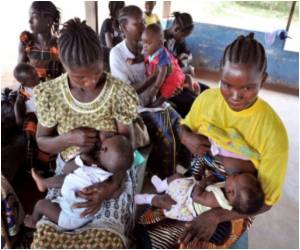Strong political commitments, and renewed and focused efforts centered around the affected-population are needed to control, eliminate and eradicate these diseases.

Poonam Khetrapal Singh, regional director of WHO South-East Asia, said, "Though called neglected diseases, these are diseases of the people who are neglected, the poorest of the poor. Strong political commitments, and renewed and focused efforts centered around the affected-population are needed to control, eliminate and eradicate these diseases. Stronger surveillance for early detection and appropriate treatment for prevention and cure of all the affected and at risk population is the mainstay of the NTD elimination strategies."
Singh suggested the need of a robust program management, especially at the sub-national level. The renewed efforts should seek multi-sectoral collaboration and engage the non-health sectors to address the various social factors associated with NTDs.
The WHO said, "Among the NTDs, though progress is being made against leprosy, the disease continues to be endemic in all countries of the region, reporting 15,50,00 cases, 73% of the global cases, in 2013." The WHO revealed that nearly 12,6000 cases were reported from India. Six countries in the region including India, Bangladesh, Indonesia, Myanmar, Nepal and Sri Lanka are among high burden leprosy countries in the world, reporting more than 1,000 new cases annually. The region alone accounted for 60% of global leprosy disabilities in 2013.
About 60 million people in the region are infected with lymphatic filariasis which is half the global count. The South-East Asia region reports as many as 10,000 cases of kala-azar every year. Nearly 147 million people are at risk of kala-azar with the disease being endemic in several parts of Bangladesh, India and Nepal, and sporadic cases are reported from Bhutan and Thailand.
Source-IANS








